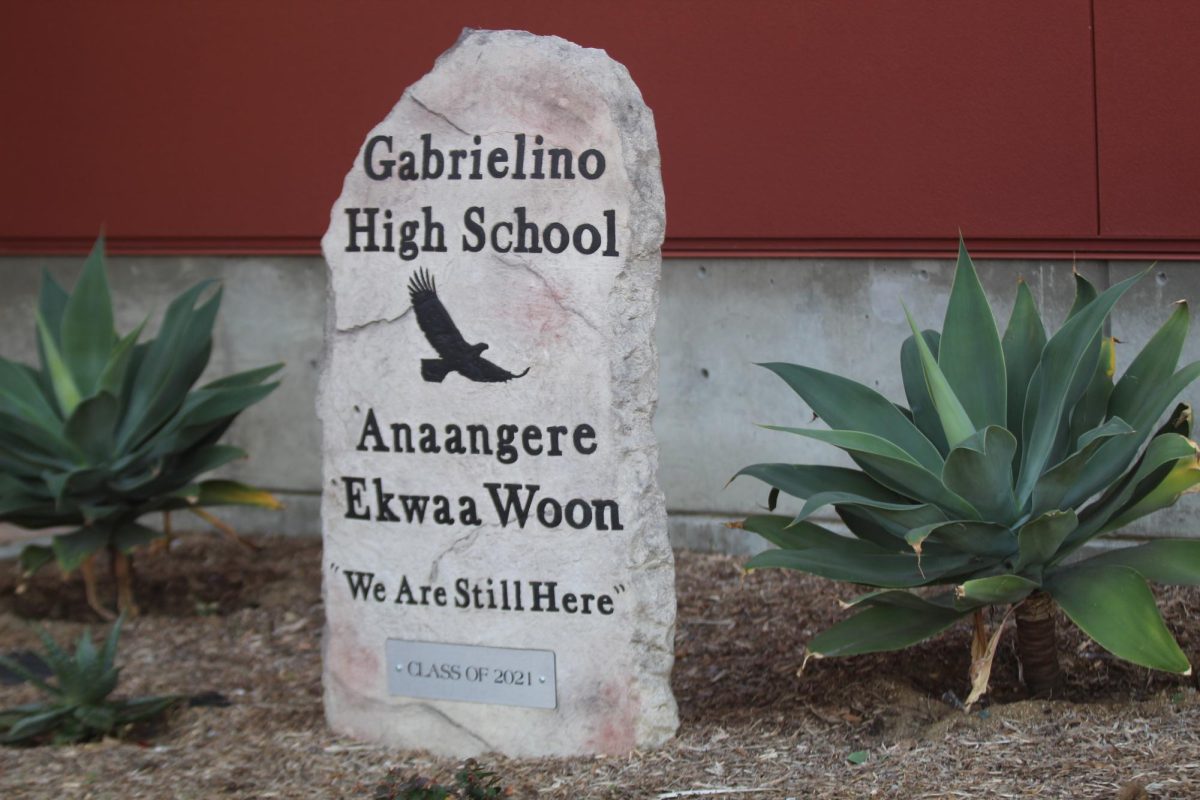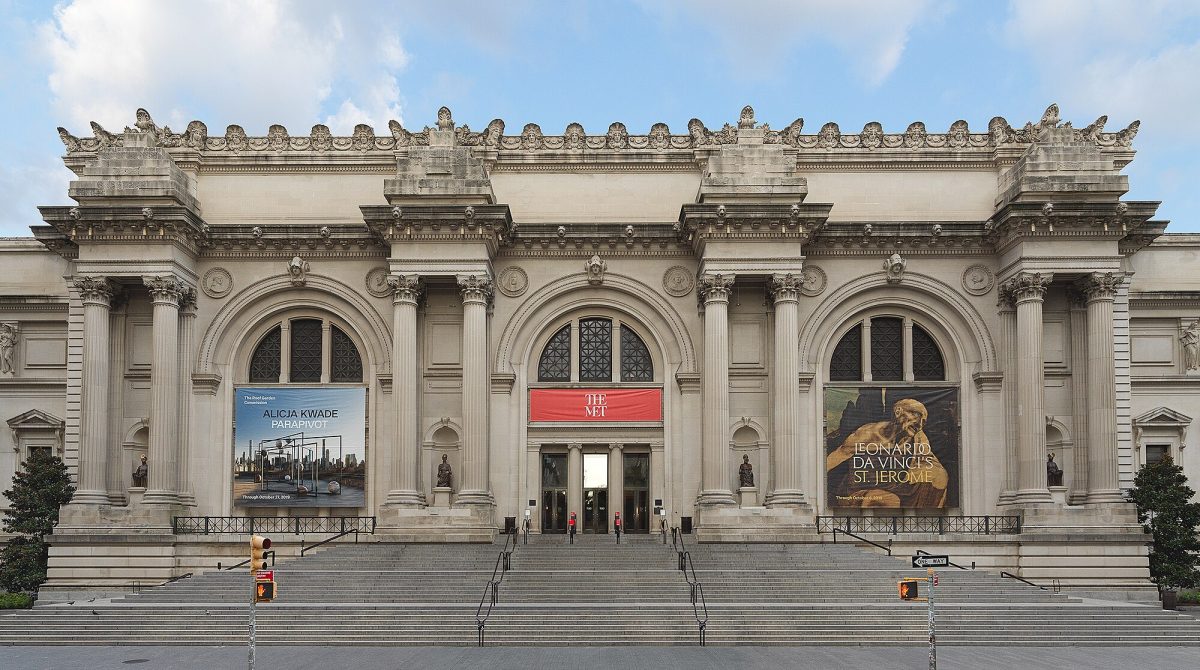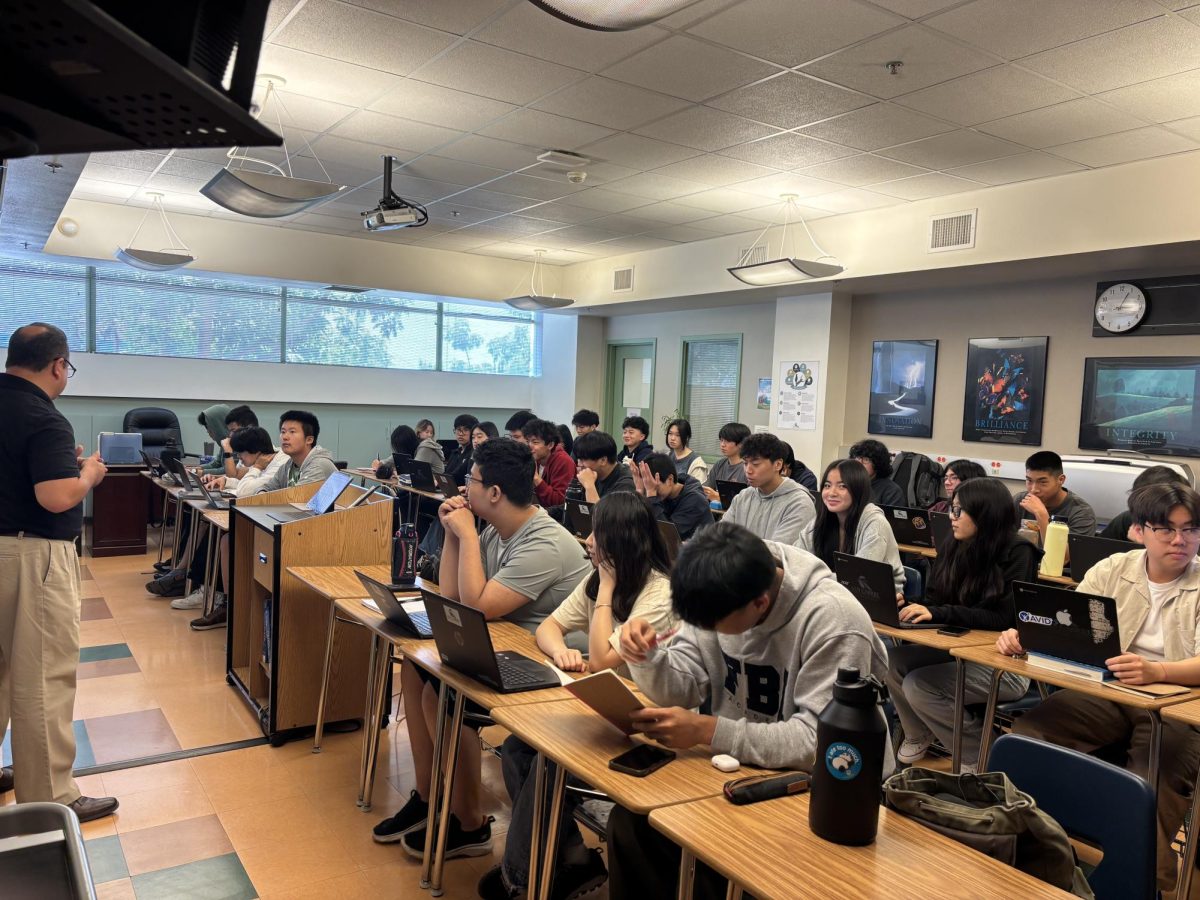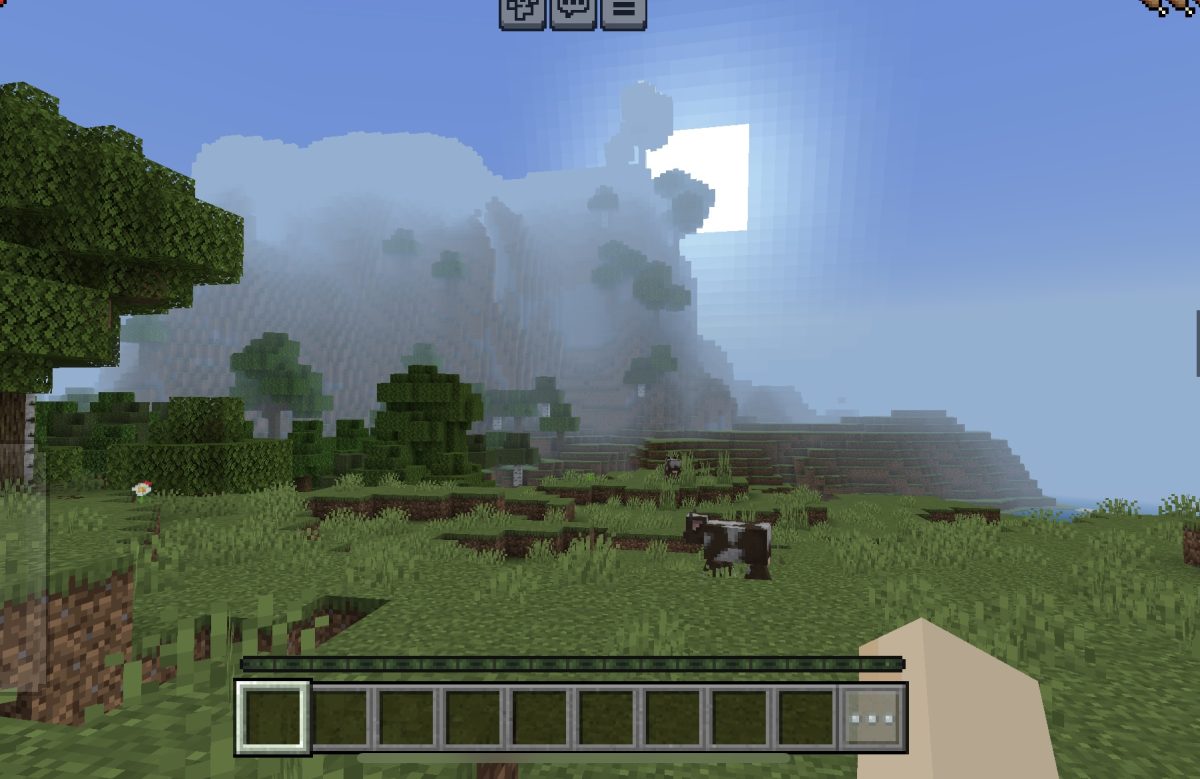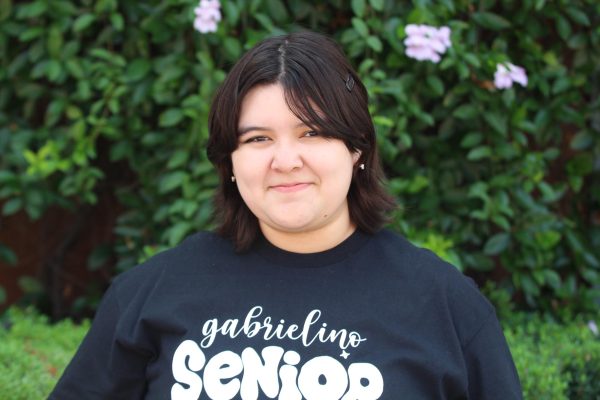No other school in the world is named Gabrielino High School. It is one of only a handful of schools in the nation to be named after an indigenous tribe. Yet nearly 30 years after the school was founded, little to no attention is brought to the history and meaning behind the school’s name. As an establishment that dedicates itself to pride, tradition, and honor, Gabrielino must do more to raise awareness about Tongva culture.
Before Spanish colonizers arrived in the Los Angeles basin, the indigenous peoples who inhabited the land called themselves Tongva. In 1771, the Spanish built the San Gabriel Mission, enslaved the Tongva people, and called them Gabrielino. Today, the government name for the Tongva people is the San Gabriel Band of Mission Indians (SGBMI).
For centuries, the Tongva people struggled to gain recognition beyond their own community. To this day, SGBMI is not a federally recognized tribe. In 1994, the State of California recognized the Gabrielino as the official tribe of the Los Angeles Basin. Gabrielino High School was established in the same year.
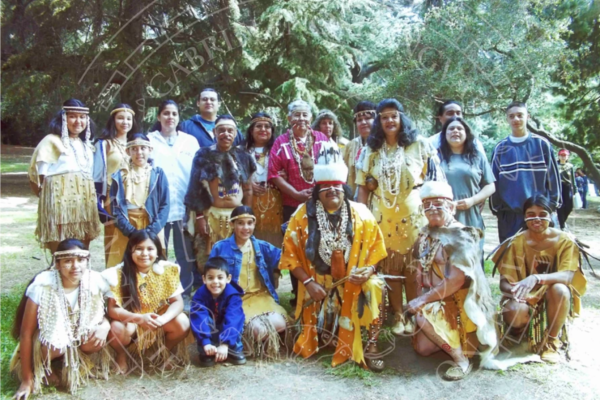
Photo courtesy of the Gabrieleno (Tongva) Band of Mission Indians
“We felt it was time to be acknowledged, whether through street names or buildings within San Gabriel,” stated Chief Redblood Anthony Morales of the Gabrielino SGBMI.
When San Gabriel Unified School District (SGUSD) was choosing the name for the high school, local community members spearheaded the movement to diverge from SGUSD’s tradition of naming schools after American presidents. They wanted to recognize the Tongva Tribe, which was active in the region and foundational to the city’s history.
“It was something that I believe the school district wanted to do to honor the local first people of San Gabriel, which was Gabrielinos,” Chief Morales stated. “That’s when we started getting involved with the school families and the school board […] And we said, what an honor it would be if you go with that name. So we started campaigning all over the city.”
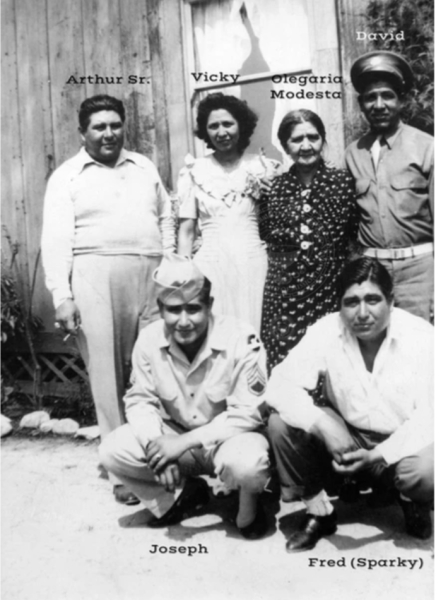
Photo courtesy of the Gabrieleno (Tongva) Band of Mission Indians
At Gabrielino High, honoring the tribe goes beyond the school’s name. Its mascot is Sparky the bald eagle, which was the nickname of former Chief Fred Morales, current Chief Anthony Morales’ father. The Yearbook staff’s name is Ash-Á-Wût, which means “eagle” in Tongva.
“The eagle is a very sacred bird,” described Chief Anthony Morales. “The eagle is a messenger that would help carry our thoughts, prayers, and events above.”
Gabrielino’s sports teams and school newspaper also carry the Tongva name. Chief Morales credits Principal Vince Lopez, who is part Tongva and was a football coach at the time, with leading the initiative to have “Tongva” displayed on sports jerseys and the football field.
“I want to honor the tribe, be respectful, bring things forward to make sure there’s an awareness,” Lopez stated.
Schools have the unique capability to teach generations of students, parents, and staff about the original inhabitants of the land.
“It’s vital to sustain the presence of Tongva elements within Gabrielino High School to prevent their heritage from fading into obscurity,” Chief Morales said.
In the past few decades, groups ranging from the City of San Gabriel to the University of Southern California have made Land Acknowledgement statements recognizing the Los Angeles area’s original inhabitants. Gabrielino and SGUSD can do the same through an official document displayed in the Main Office of each building in the district, a statement via ParentSquare, and a page on the district and school website.
Gabrielino High can also acknowledge the tribe by introducing the school’s connection to the Tongva during start-of-year orientations and assemblies. This would further integrate indigenous history into the foundation of daily school life.
At the core of Gabrielino’s culture is an atmosphere in which diversity is acknowledged and appreciated. Recognizing the importance of the Tongva people beyond symbolism would demonstrate a renewed commitment to respect and representation.

